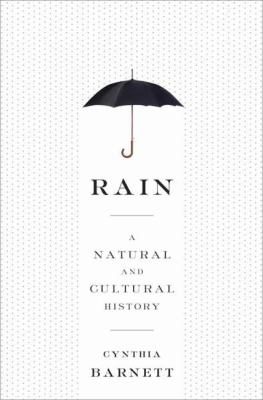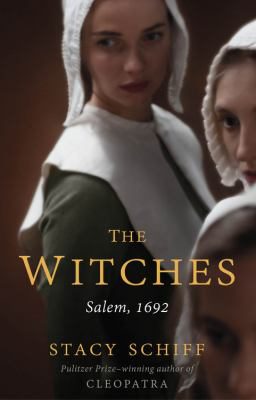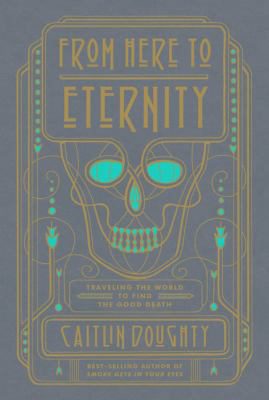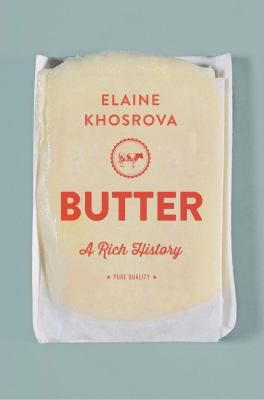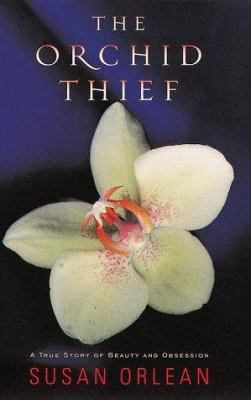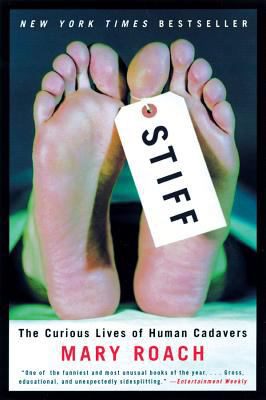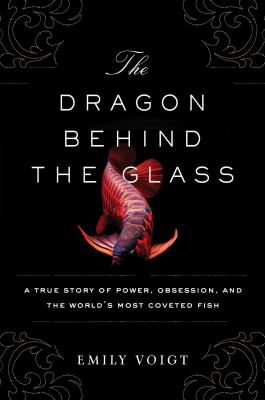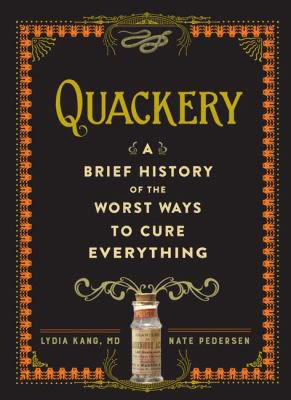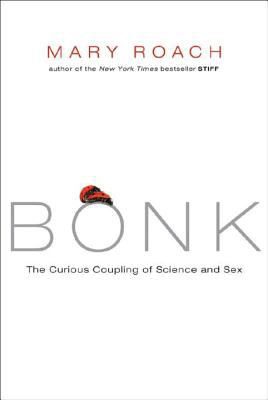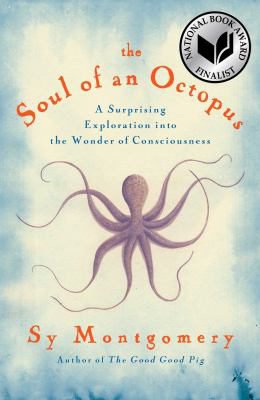Microhistories: Extremely specific knowledge (aka fun facts!) you can share with others
Posted on May 7, 2019 at 6:00 am
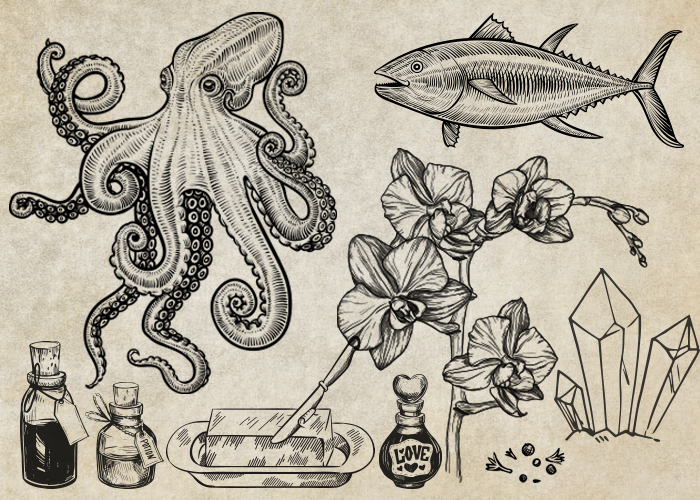
By Rachel Underwood
I have recently discovered an intense love for nonfiction titles and it all started with a compendium of terrible medical cures through history.
Those 24-karat golden face masks that are in vogue right now? They’ve already been done long before the present day (and the masks still don’t have any proven benefits; they’re just something we’ve used as money now being used on our faces—the height of luxury!).
After devouring information about wacky cures and spewing them back at my family and friends to their delight and horror, I quickly moved on to more sources of fun facts.
Want to know about the history of cadavers? How butter was invented? The mini ice age that may have caused the Salem Witch Trials? I can bring out a slew of factoids upon hearing the most loosely related word. And you can, too!
Here’s a list of microhistories to tickle even the vaguest curiosity.
Rain: A Natural and Cultural History, by Cynthia Barnett
Never before had I thought of how rain shapes our very history as human beings. Cynthia Barnett has written this compulsively readable history of how different cultures’ attitudes have been formed by rain and how our own planet was shaped by ceaseless rains that eventually calmed into a habitable ecosystem.
Fun fact from Rain: Frog rain is a real phenomenon. Actual frogs. Pouring from the sky.
The Witches: Salem, 1692, by Stacy Schiff
Schiff provides an incredible feminist, social analysis of the Salem Witch Trials. Were the women and young girls really seeing witches and magic or was the taste of being seen as more than a kitchen hand enough to cause widespread hysteria? Were the reverends seeking justice or job security? How does a community cope with the overwhelming guilt of causing the deaths of their friends, parents, siblings, and neighbors?
Fun fact from The Witches: The people of Salem were fastidious journal keepers, but any writing of the witch trials were torn from journals, burned, and purged from community memory.
From Here to Eternity: Traveling the World to Find the Good Death, by Caitlin Doughty
Caitlin Doughty is obsessed with death and death culture, and she travels all over the U.S. and the world to understand our discomfort with death. Written frankly and full of interesting stories about handling grief, death, and decomposing bodies, From Here to Eternity may just transform the way you think about death.
Fun fact from From Here to Eternity: Doughty spoke with a Torajan man who spent seven years with his grandfather’s decomposing body in the bed he shared with his brother.
Butter: A Rich History, by Elaine Khosrova
I have never craved a pure stick of butter before reading this book. I actually haven’t experienced cravings after reading Butter either, but I sure did while I was reading it! Butter is a surprisingly fascinating subject. Learning about its potential origins and seeing the impact it has had on the cooking of so many different cultures was fascinating. This looks like a long read, but the last 100 pages are filled with butter-laden recipes. Mmm….
Fun fact from Butter: The National Museum of Ireland has bog butter—a butter that has been buried in Irish bogs to refrigerate it—that dates back to 1700 BCE.
The Orchid Thief: A True Story of Beauty and Obsession, by Susan Orlean
Before reading this book I knew two things about orchids—they’re one of the fussiest plants to grow and kids wear them for prom. Little did I know, there’s an entire underground orchid collective who are willing to do anything for the fragile plants. That includes murder. Even more interesting than the rich history of floral obsession is the eccentric orchid enthusiast Susan Orlean follows on his hunts into the Tallahassee rainforest—the only place in the United States where orchids naturally grow. (If you enjoy reading The Orchid Thief, check out her recently released The Library Book.)
Fun fact from The Orchid Thief: Ghost Orchids are one of the rarest and most sought-after breeds of orchid and are very difficult to domesticate.
Stiff: The Curious Lives of Human Cadavers, by Mary Roach
Mary Roach writes my absolute favorite microhistories and Stiff is no exception. The book tracks what happens to bodies when they’re donated to science and Roach gets incredibly hands-on. Her voice is very blunt and while she treats the donated cadavers respectfully, her writing will inevitably make you laugh out loud.
Fun fact from Stiff: The Forensic Anthropology Center, aka The Body Farm, in Tennessee focuses on forensic sciences using donated bodies. On the farm are a variety of corpses used to teach the decomposition process and to also help train body-locating law enforcement dogs.
The Dragon Behind the Glass: A True Story of Power, Obsession, and the World’s Most Coveted Fish, by Emily Voigt
Similarly obsessed as the underground orchid society (but with more gang involvement) are those who revere the Arowana. Many people have been killed to get ahold of these beautiful fish, and they are commonly used in gang culture as bargaining chips. Voigt does an incredible job delving into this dangerously fascinating underground world.
Fun fact from The Dragon Behind the Glass: Platinum Arowanas hold the record for most expensive fish ever sold—$400,000 for a single fish.
Quackery: A Brief History of the Worst Ways to Cure Everything, by Lydia Kang
Quackery is assembled in an encyclopedic format by genre of cure—corpse medicine, gem/ore medicine, pharmaceuticals, etc.—which makes for a book that’s easy to page through any time. The pages are chock full of histories of different cures and searches for immortality. Some cures are interesting and others are downright gross. For me, the gross ones are the most fun to share with others.
Fun fact from Quackery: One cure-all is discovered when a man spends the last few years of his life devoted entirely to honey—eating honey, bathing in honey— and when he dies, his corpse is soaked in honey for up to 100 years, before being eaten. Eating his honeyed body was said to cure any ailment.
Bonk: The Curious Coupling of Science and Sex, by Mary Roach
Sex, like any other human phenomena, can be studied and understood. However, given the extreme squeamishness of Western cultures when talking about or contemplating sex and sexuality, research has been consistently halted throughout history. Scientific attempts at professional studies, however, are full of hilarity and extraordinary facts. Roach once again delivers her dry wit to create a comfortable atmosphere for learning about one of the most veiled research topics.
Fun fact from Bonk: Due to general politeness, average couples didn’t want to volunteer for research studies, so a lot of sex workers have been hired for sex studies using government funding.
The Soul of an Octopus: A Surprising Exploration into the Wonder of Consciousness, by Sy Montgomery
Montgomery’s interactions with octopuses were enough to drive me to tears many times. She delves into octopus behavior, friendships, and attitudes. She also closely examines the science community’s attitude towards animal minds as a whole. You may take up vegetarianism after reading this novel.
Fun fact from The Soul of an Octopus: Octopuses is the correct plural form of octopus! It is a Roman word rather than a Greek one and is, therefore, not pluralized with an “i”.

Tags: adults, Arowana, book list, booklist, books, butter, cadavers, cure-all, death, dragon, facts, fish, history, knowledge, medicinal, medicine, nonfiction, octopus, orchids, quackery, rain, reading, science, teens, trivia, witches

